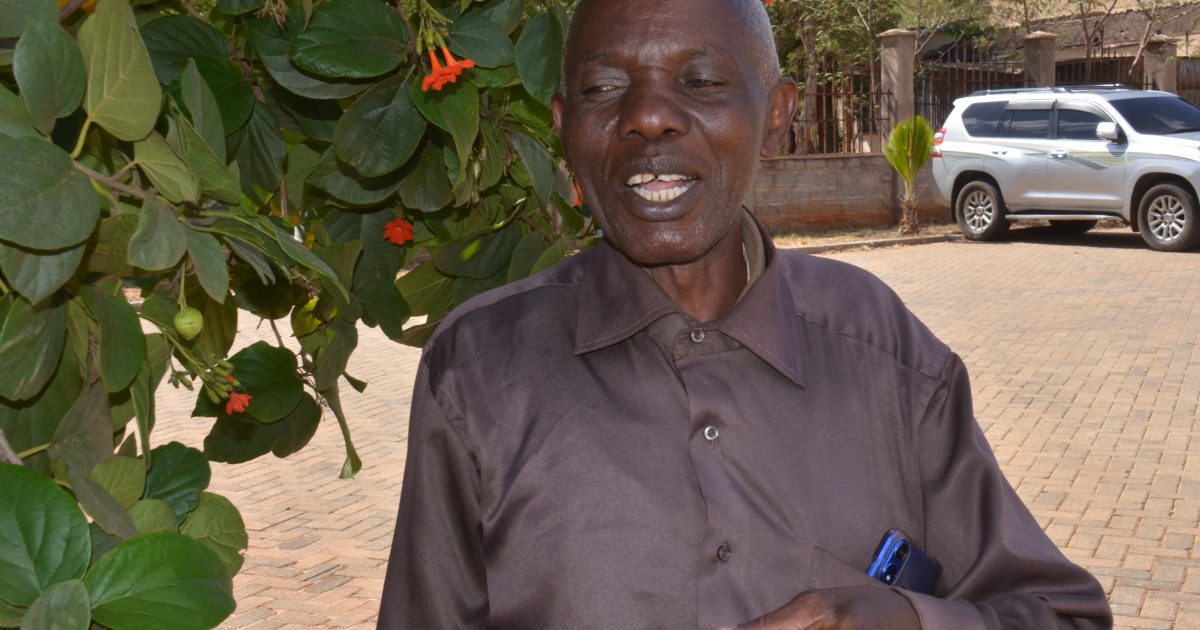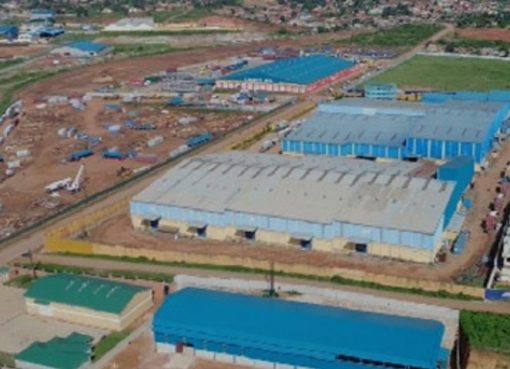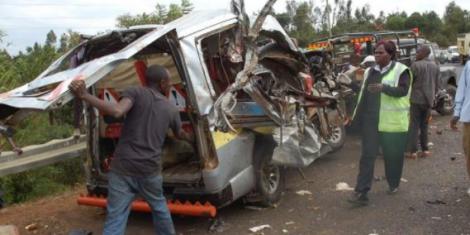When Khamisi Kidoki speaks, it is with the measured thoughtfulness of an elder who weighs his words. Only when he talks of the potential cultural goodies promised by Competency-Based Curriculum (CBC) does he lose his restraint and becomes animated.
“The beauty lies in what the new curriculum promises for languages from marginalized cultures that are teetering on the verge of extinction,” he says.
His is a reference to the Ministry of Education’s policy to incorporate the teaching of indigenous African language in thousands of primary schools across the country under the CBC.
Mzee Kidoki’s delight over CBC needs to be viewed from the perspective of his cultural upbringing. He is a member of the Wartha community; one of the smallest tribes in Kenya, with a population of approximately 23,000 according to the 2019 national population census.
Having lived in Birikani village in Voi sub-county for decades, the elder is only too aware of how it feels to permanently live on the verge of cultural armageddon with hundreds of Wartha children being rapidly assimilated and adopting the culture of the more dominant tribe of Taitas.
This, he says, poses a threat to transference of culture, norms and traditions of the small community to the younger generation.
“Whether in school or at home, our children have gradually picked up other norms and languages from the dominant culture. They know little about their own,” he explained.
However, CBC offers hope for survival for their language and culture. He explains that languages of less prominent communities that remain threatened by extinction from lack of widespread use have been granted a tenuous lifeline through mandatory incorporation in the new curriculum.
He notes that although the rollout phase was piloted using many dominant languages, the marginalized and minority tribes’ hope less prominent languages would in future be incorporated in the mainstream curriculum to preserve their integrity and ensure their survival in an age of rapid modernization.
“In such a way, the curriculum will not just be about teaching our languages but will also act as a repository for languages such as ours. We hope they will eventually be taught alongside the dominant languages,” he said.
Currently, 350 primary schools in 30 counties are already teaching indigenous languages under the CBC.
In the Coast region, languages being taught include Kipokomo in Tana River; Kigiriama in Kilifi, Chiduruma and Chidigo in Kwale and Kitaveta in Taita-Taveta. In Eastern region, Makueni, Kitui and Machakos teach the Kamba language.
In the Northern region, Garissa, Wajir and Mandela are teaching Kisomali while Isiolo County is teaching Borana language. In Rift Valley, counties like Baringo, Marakwet and Uasin Gishu are teaching Kalenjin while Central region counties of Murang’a, Kiambu, Nyeri and Kirinyaga are teaching Kikuyu.
Kisumu and Siaya counties are teaching Dholuo while Homabay is teaching Suba. Narok and Kajiado counties are teaching Maa while Bungoma and Vihiga counties are teaching Lubukusu and Lulogoli respectively. Laikipia County due to its heterogeneous nature is teaching both Maa and Kikuyu languages.
However, inclusion of indigenous languages in CBC is not automatic. For any language to be introduced into the education system, extensive orthographic studies must have been done and literature published on such languages. Such literature will act as a guide towards curriculum development. The literature will entail amongst others the study of language structure, syntax, pronunciation, vocabulary formation and lexicon. This will act as an empirical foundation for language experts for reference.
In December 2020, PS State Department for Curriculum Implementation Prof Fatuma Chege, called upon scholars from the region to conduct orthographic studies on local languages in order to have them included in the CBC. The PS said that well-developed language studies would inform proper content development for such languages before they are introduced in schools.
“The orthographic studies act as the basis for making a syllabus for any language. Scholars need to do studies on local languages to make that happen,” said the PS.
Mzee Donald Mwasi, the chairperson of Njavungo; Taita-Taveta Council of Elders; says that absence of peer-reviewed studies on Taita language is to blame. He notes that though the Taita community has many renowned scholars, the research in languages has been more devoted to religious issues.
“The only book we can confidently say is translated and researched in Taita language is the Bible. We need our scholars to write on the Taita language and push for the language to be taught in schools,” he said.
He added that other minority languages like Kisagalla and Kikasigau also needed to be researched on.
Political leaders from the larger Taita had raised questions on why Kitaveta language was chosen instead of the dominant Taita language. The language is only used in Taveta sub-county while Taita language is the dominant language in Mwatate, Wundanyi and large parts of Voi sub-counties.
Senator Johnes Mwaruma says that researchers from the region have already submitted orthographic studies on Taita language for review. He says that once approved, the languages are likely to be introduced in primary schools in the larger Taita region.
“I reached out to scholars and they said they had adequate materials. We look forward to having Taita language included for teaching in classes,” he said.
To encourage more research and expansion on the use of indigenous languages, there are proposals to make them examinable.
Mr John Mlamba, a cultural enthusiast who is the County Director of Climate Change, says the government should include the indigenous languages to be among the examinable languages.
By Wagema Mwangi





